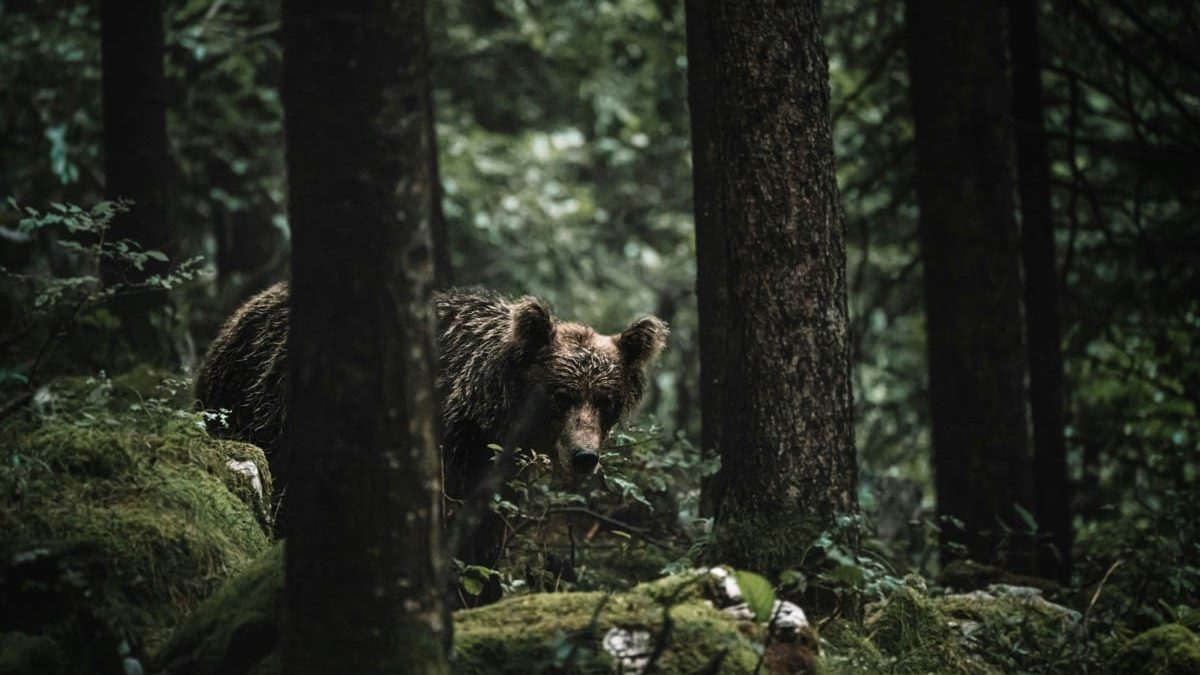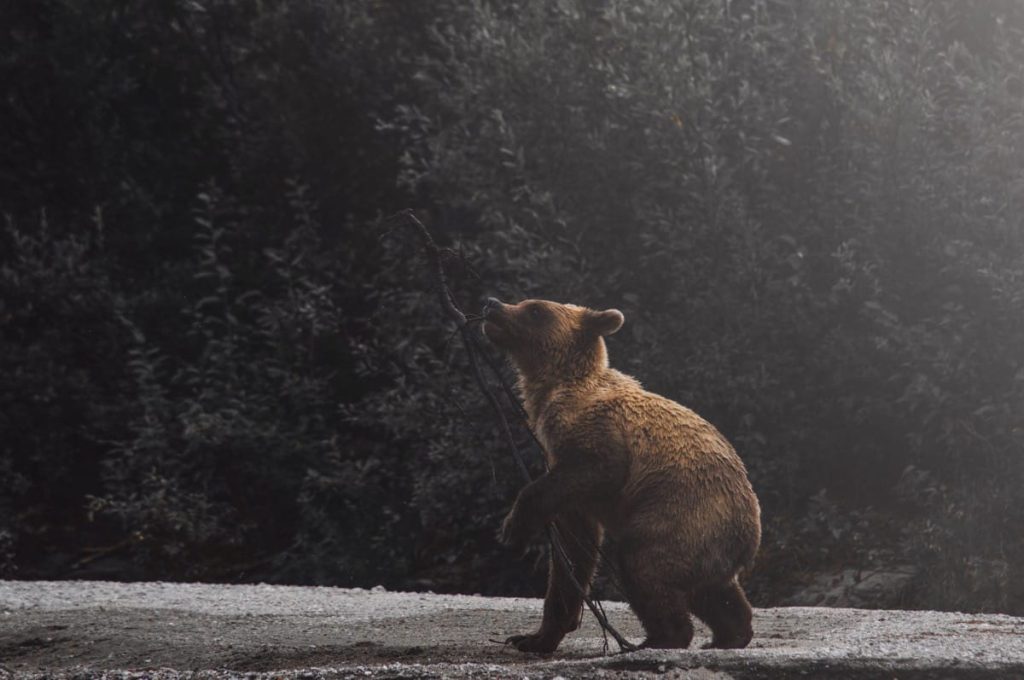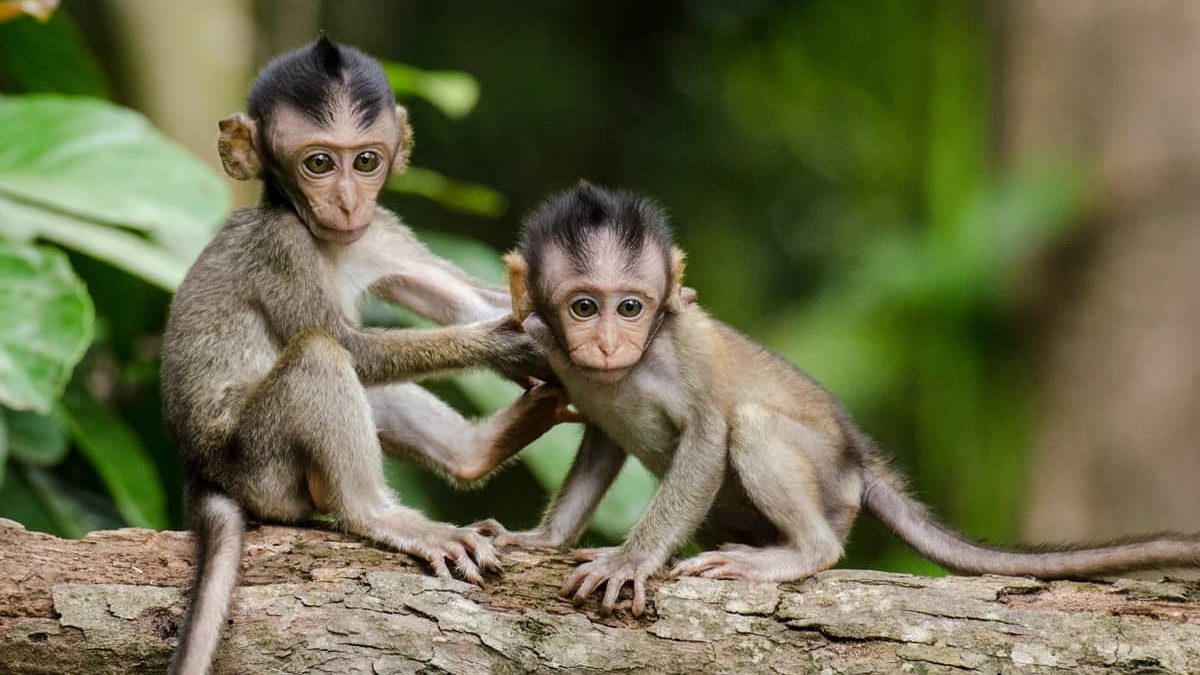
Where Do Bears Sleep?
Bears, those magnificent giants of the woods, capture our imagination with their strength, curiosity, and yes, even their sleep habits. But have you ever wondered where these furry friends curl up for a nap? The answer, like many things in the wild, is full of variety and fascinating adaptations.
Where Do Bears Sleep at Night?
A bear’s nighttime slumber spot depends on the season and species.
- Black bears: These adaptable creatures often choose cozy nooks in hollow trees, rock crevices, or even under fallen logs. They may also build simple nests of leaves and branches.
- Brown bears: These larger bears favor more substantial shelters, digging dens into hillsides or using caves. They may also line their dens with moss and leaves for extra comfort.
- Polar bears: Unlike their land-dwelling cousins, polar bears don’t hibernate and rarely build dens. They’ll often curl up directly on the snow or ice, relying on their thick fur and blubber for insulation.
Sleeping in the Wild: Nature’s Lullaby
Beyond specific shelters, a bear’s sleep in the wild is guided by instincts honed for survival. They tend to:
- Choose secluded spots: Bears prefer quiet, hidden areas away from potential threats like predators or humans.
- Favor elevated locations: When possible, bears will sleep in elevated spots like tree branches or hillsides, offering a better view of their surroundings.
- Sleep in shifts: Bears aren’t light sleepers! They typically sleep in short bursts throughout the night, staying alert for danger.
Winter Slumber: The Hibernation Mystery
Not all bears sleep the same way. Some species, like black bears and brown bears in colder climates, undergo a fascinating process called hibernation. During this wintery slumber, their body temperature drops, heart rate slows, and metabolism slows down significantly.

Where Do Bears Sleep During Hibernation?
Hibernating bears seek out secure dens that offer protection from the harsh winter elements. These dens can be:
- Self-made: Bears may dig dens into hillsides, using their powerful claws and paws to create cozy burrows.
- Natural shelters: Caves, hollow trees, and rock crevices also make excellent hibernation dens.
- Recycled homes: Some clever bears will even take over abandoned dens built by other animals.
Inside their dens, bears curl up into a tight ball, often lining their bed with leaves, grasses, and other soft materials. This cozy nest helps them conserve heat and energy throughout the long winter sleep.
Summer Snoozes: When the Sun Shines Bright
When the weather warms and food becomes plentiful, bears emerge from their hibernation dens. During the summer months, their sleep habits become less structured. They may:
- Nap in the sun: Basking in the warm sunlight is a favorite pastime for many bears, and they’ll readily doze off in sunny patches.
- Rest near food sources: To stay close to berries, fish, or other food sources, bears may sleep in shallow depressions on the ground or in low branches.
- Take shelter from the heat: During the hottest parts of the day, bears may seek out cool, shaded areas like caves or dense vegetation for a nap.
Bear Sleeping Habits: Uniquely Ursine
Bears sleep differently than humans in several ways:
- Polyphasic sleep: Bears are polyphasic sleepers, meaning they sleep in multiple short bursts throughout the day and night, rather than one long stretch.
- Light sleepers: Even during deep sleep, bears remain somewhat alert, able to quickly sense danger and wake up if needed.
- Seasonal variations: As mentioned, hibernation significantly alters a bear’s sleep patterns during the winter months.
Unraveling the Secrets of Bear Sleep
Studying bear sleep offers valuable insights into animal behavior and physiology. Researchers use various methods, like radio collars and video cameras, to monitor their sleeping patterns and den locations. This information helps us understand how bears adapt to their environment, manage energy resources, and even raise their young.
Respecting the Sleeping Giants
Knowing where bears sleep is crucial for our safety and their well-being. If you encounter a bear den in the wild, it’s important to maintain a safe distance and avoid disturbing the animal. Remember, a sleeping bear is a vulnerable bear, and any sudden noise or intrusion could provoke a defensive response.



